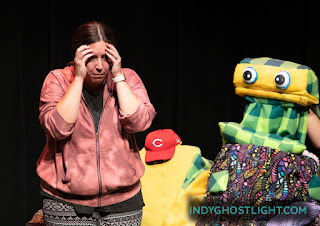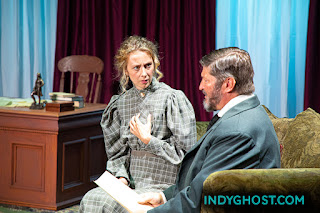Exhibiting virtuosic rapport, Kenny Banks Jr. packs 'em in at the Jazz Kitchen

Fond of sketching out meandering suites that miraculously hold together, Kenny Banks Jr. Kenny Banks leans into his lively imagination. has once again showed his intuitive range, with hand-in-glove assistance from bassist Nick Tucker and drummer Kenny Phelps. As I caught the trio's first set at the Jazz Kitchen Saturday night, my amusement ran slightly ahead of my confusion at separating familiar music as structurally important versus taking it in as extensive quotation. He's made his mark here, having leapt to prominence as a finalist in the 2019 jazz awards of the American Pianists Association. After the expansive unaccompanied introduction to the first selection, Phelps and then Tucker helped the performance jell around "Blowin' in the Wind." But Banks must feel his substantial departures from the Bob Dylan tune entitle him to present it as his own "American Canvas." There was certainly a lot of Banks' imagination rolled out along lines that didn





